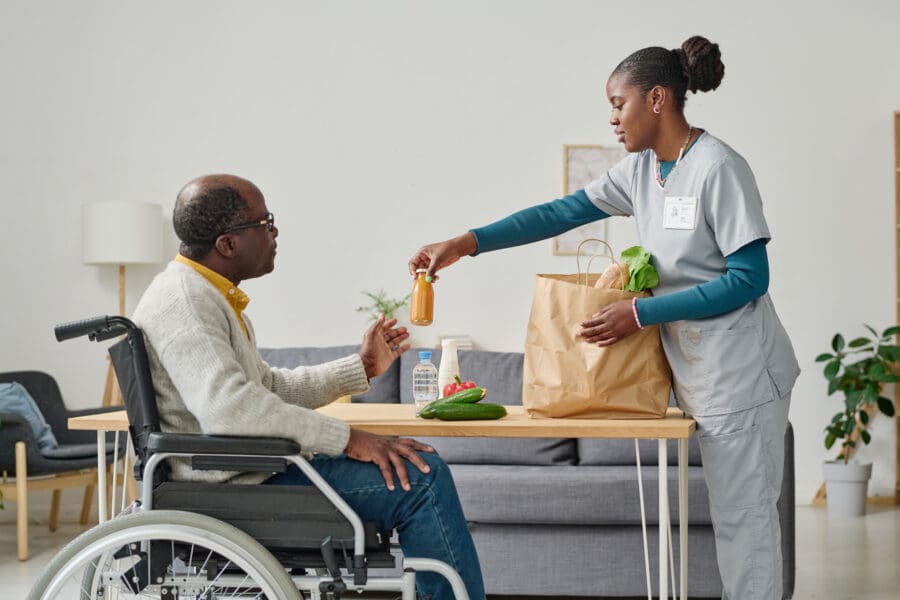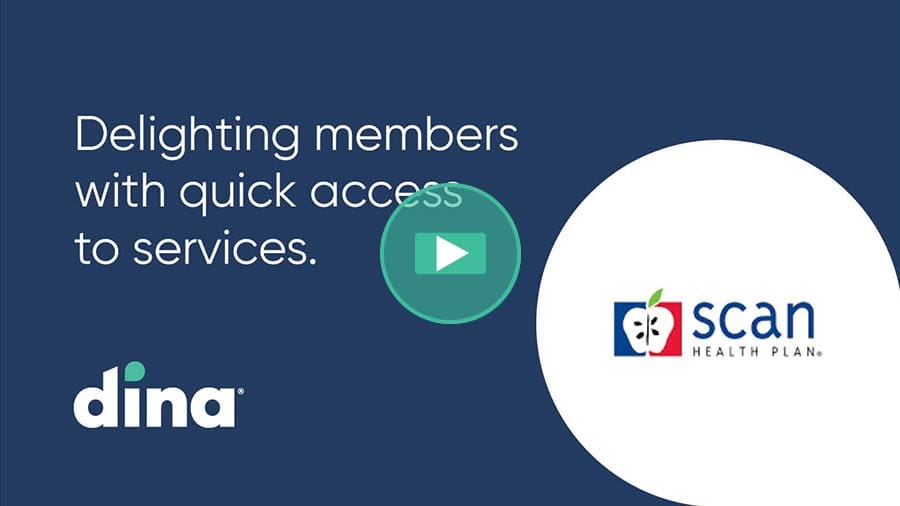
Much like social determinants of health, addressing health related social needs (HRSN) is important for improving overall health outcomes and reducing health disparities. Several states are taking steps to address health related social needs and CMS is offering guidance to support and expand these initiatives.
What are Health Related Social Needs?
HRSN are the social and economic needs that individuals experience that affect their ability to maintain their health and well-being. They include things like housing instability, housing quality, nutrition, employment, personal safety, lack of transportation, and affordable utilities that contribute to poor health.
How Does HRSN Differ from SDOH?
The term HRSN is often used interchangeably with Social Determinants of Health (SDOH). SDOH are the conditions and HRSN are the specific application of the conditions against families or individuals. For example, SDOH refers to the conditions in which people are born, grow, work, live, and age. In a way, disparities in HRSN like food, transportation and housing often are the result of underlying social determinant factors.
How Can States Use Managed Care to Address HRSN?
In January 2023 CMS released guidance that paves the way for interested states to allow Medicaid managed care organizations (MCOs) to offer vital services like housing and nutrition support as substitutes (“in lieu of” services or ILOS) for standard Medicaid benefits.

The new guidance establishes financial guardrails and new requirements for ILOS and clarifies these substitute services can be preventive in nature instead of an immediate substitute.
Of note will be to see how HRSN initiatives are funded, implemented, and measured in terms of the impact on health outcomes and Medicaid spending.
California Initiative Leads the Way for HRSN
California’s CalAim initiative currently uses ILOS to offer a range of health-related services through managed care. Managed care plans provide enhanced care management and community supports to targeted high-need beneficiaries.
The program relies on community supports to address social drivers of health and build on previous pilot programs and waivers. Examples include housing transition and navigation services, housing deposits, housing sustaining services (e.g., landlord coordination, assistance with housing recertification), home modifications, medically tailored meals, asthma remediation, and sobering centers.
How Can States Address HRSN through 1115 Waivers?
In December 2022, guidance covered how states can use Section 1115 demonstration waivers to address HRSN services including housing support, nutrition support, and case management and other services on a case-by-case basis.
Under Section 1115, states may have more flexibility to define target populations and services compared to the ILOS option (e.gstates cannot cover rent/temporary housing under ILOS). In addition, states may be able to add services to the benefit package and require plans to offer services to eligible enrollees.
Four States Lead with HRSN Services
This guidance follows the approval of waivers in four states (Arizona, Arkansas, Massachusetts, and Oregon) that authorize evidence-based HRSN services to address food insecurity and/or housing instability for specific high-need populations.
CMS approved Medicaid coverage of rent/temporary housing for up to six months for certain high-need individuals as well as other new/unique housing and nutrition supports (e.g., meal support, including for a household with a child or pregnant woman identified as high risk). CMS also approved federal expenditures to build the capacity of community-based, non-traditional HRSN service providers that may require technical assistance and infrastructure support to become Medicaid providers.
How did SCAN Health Plan reduce the time it takes to initiate services from weeks to days?
Watch this short video to learn more.





